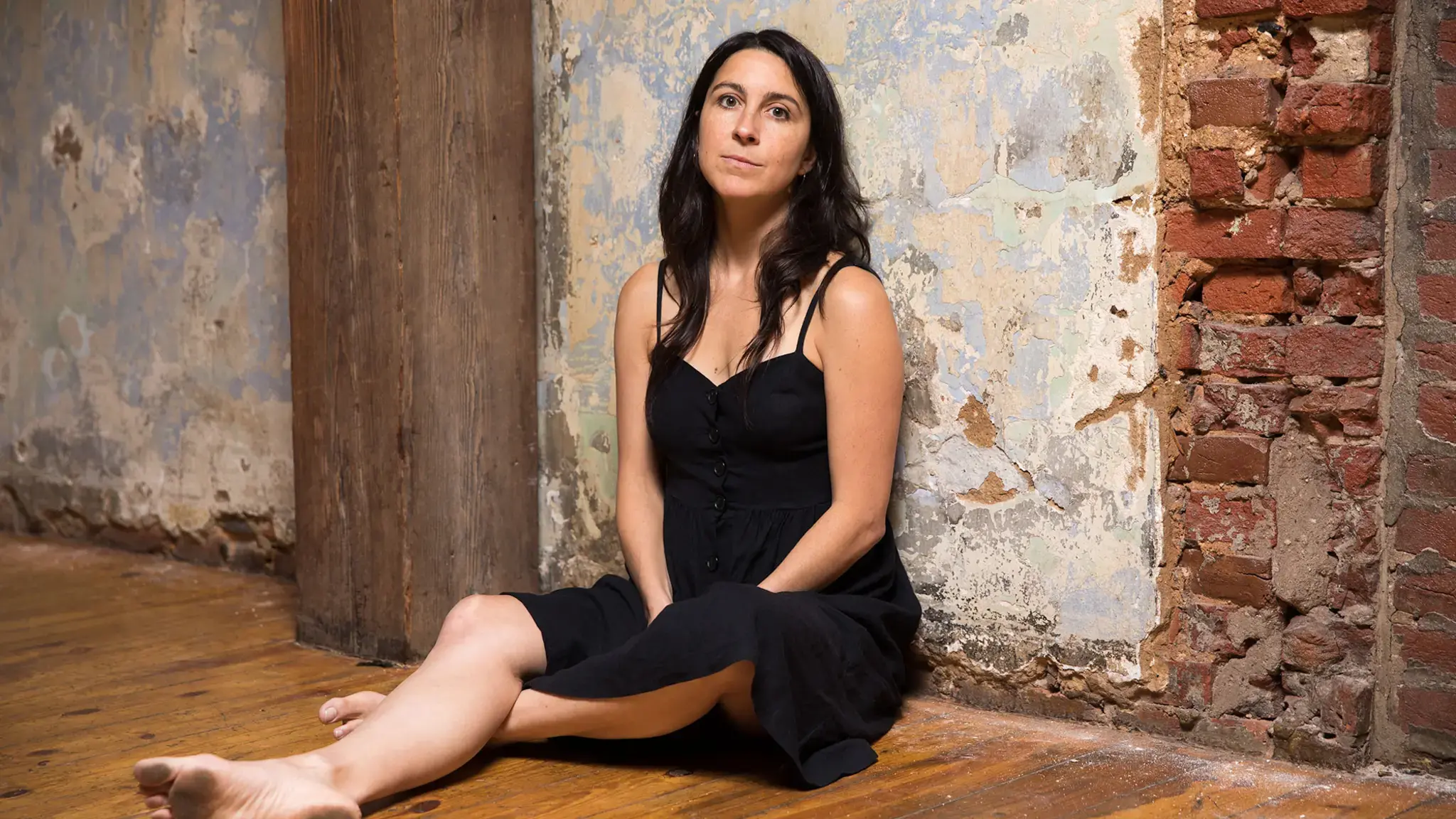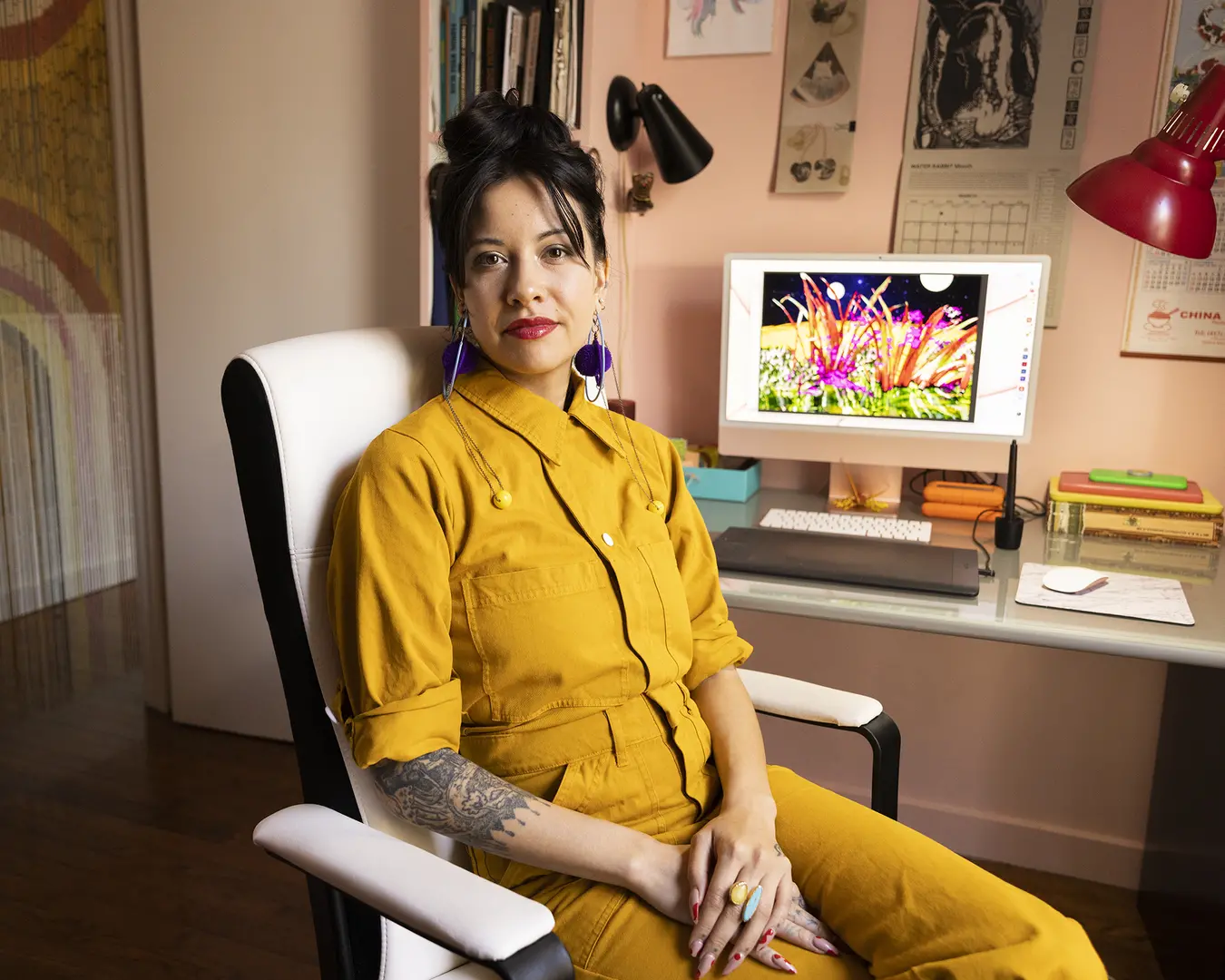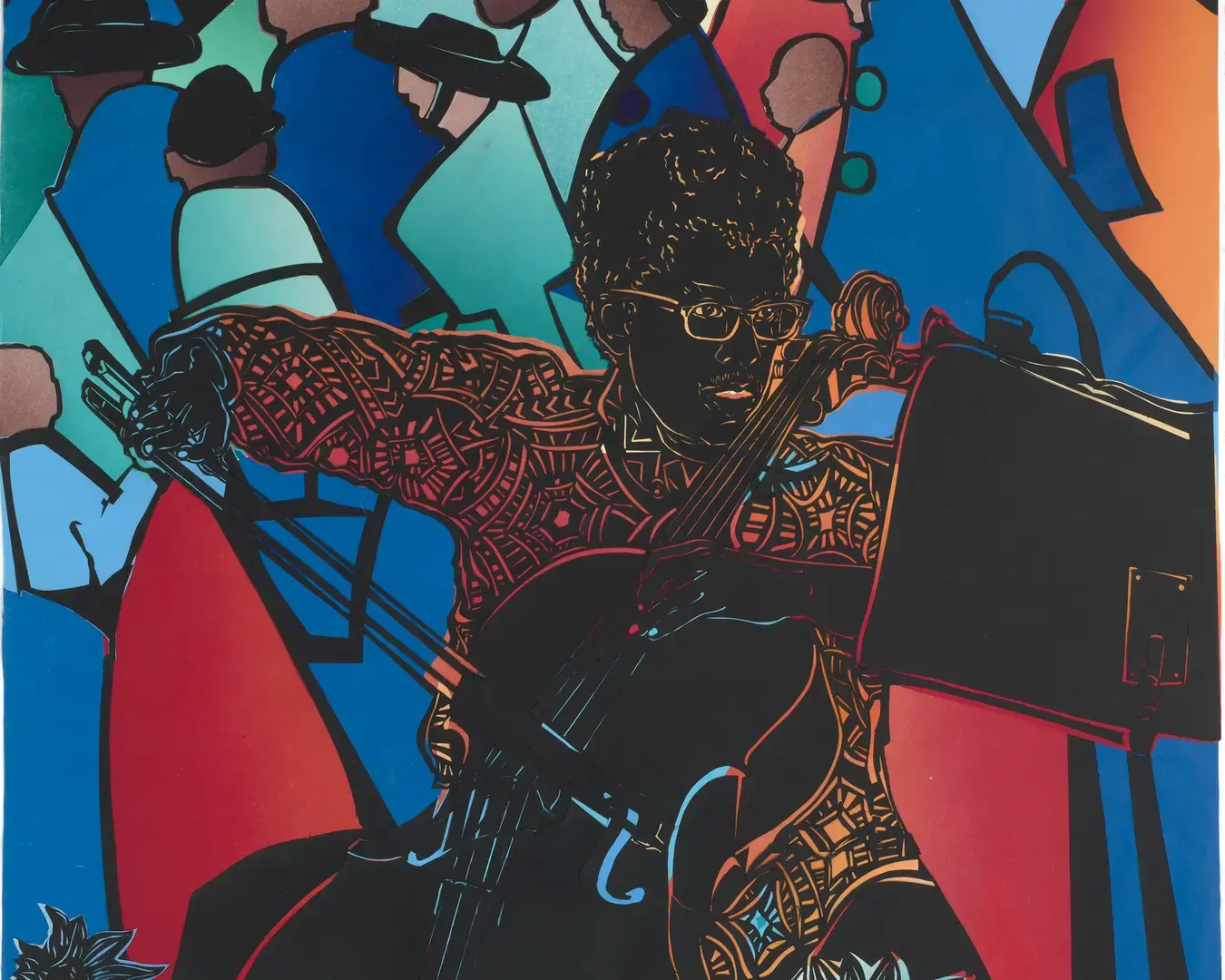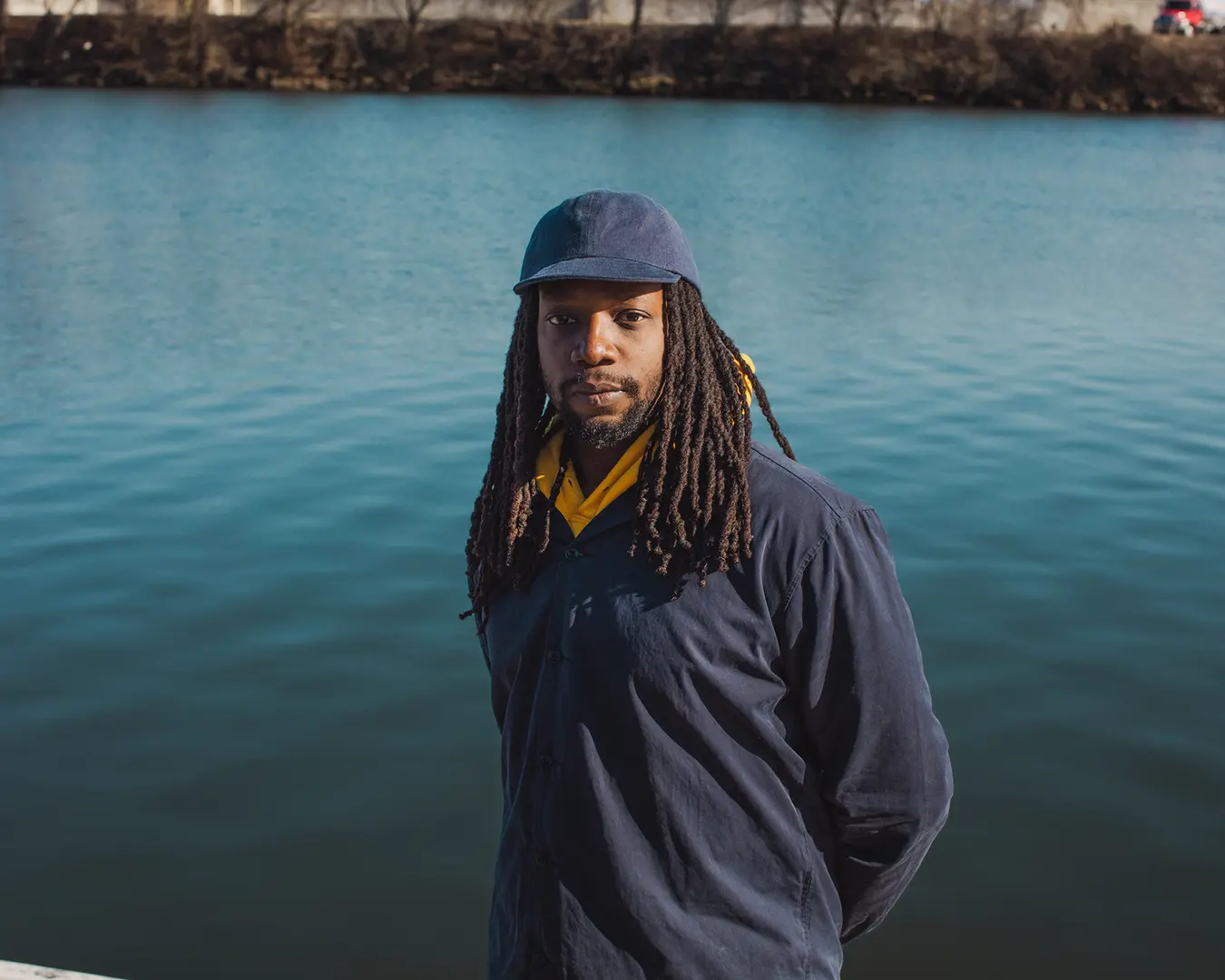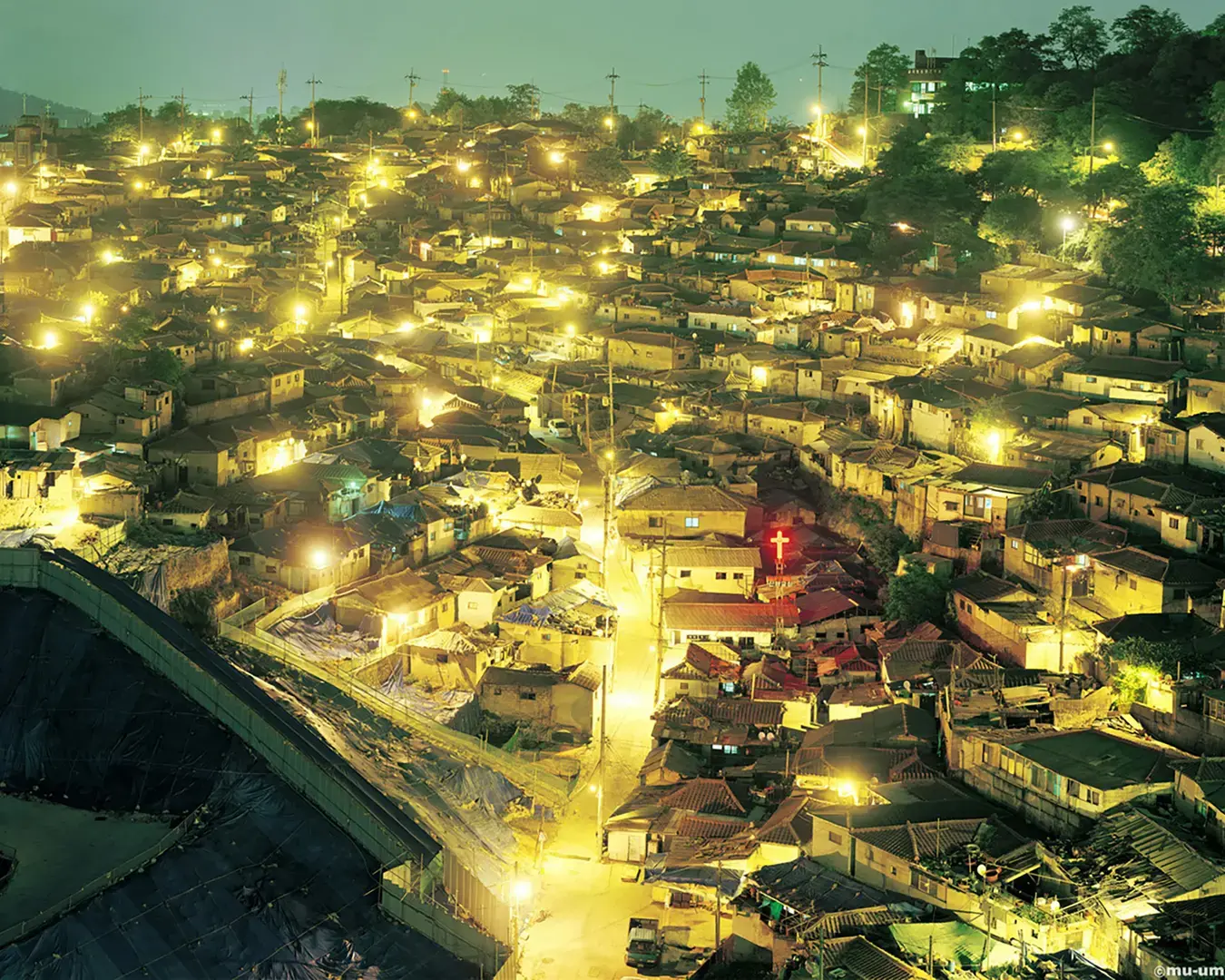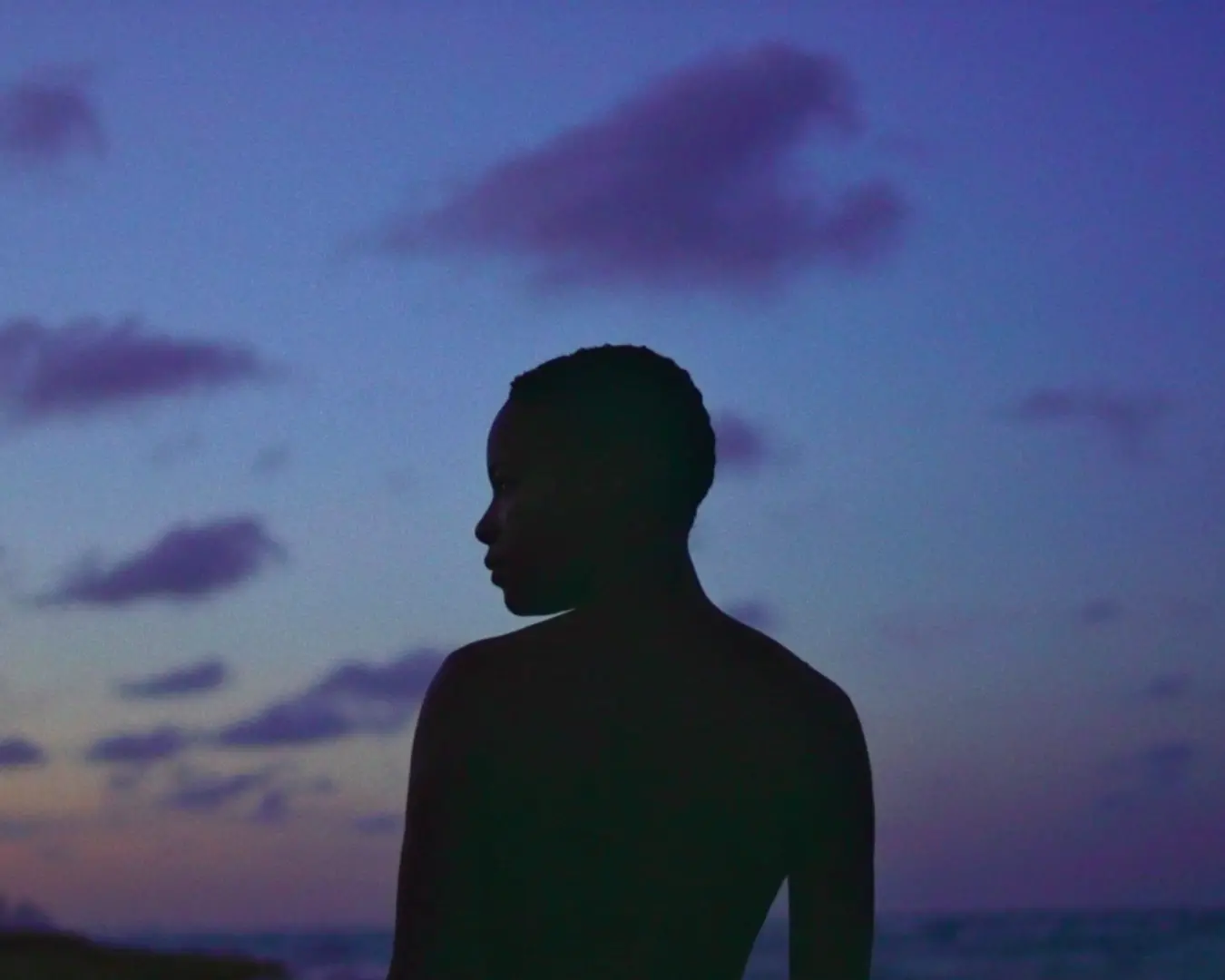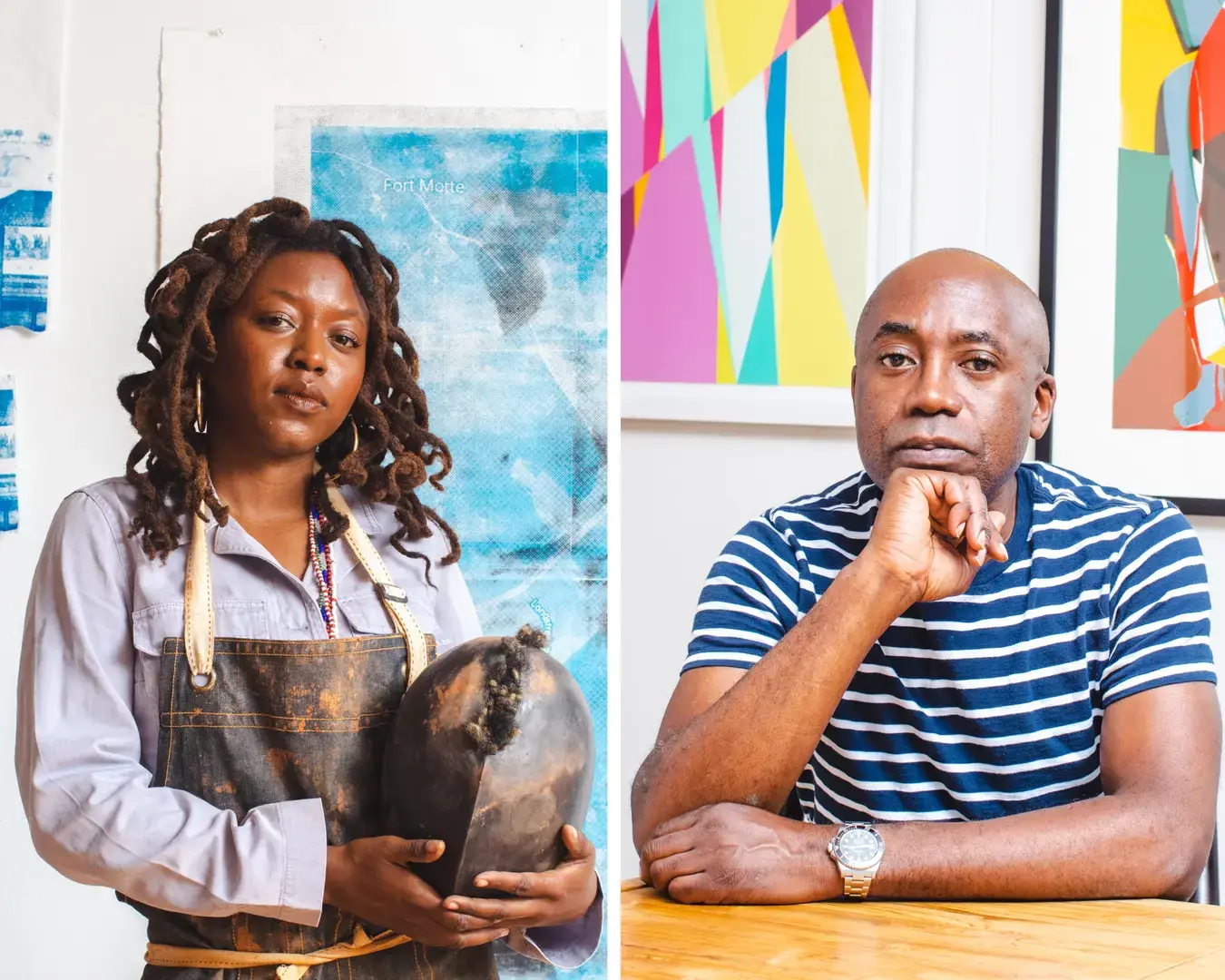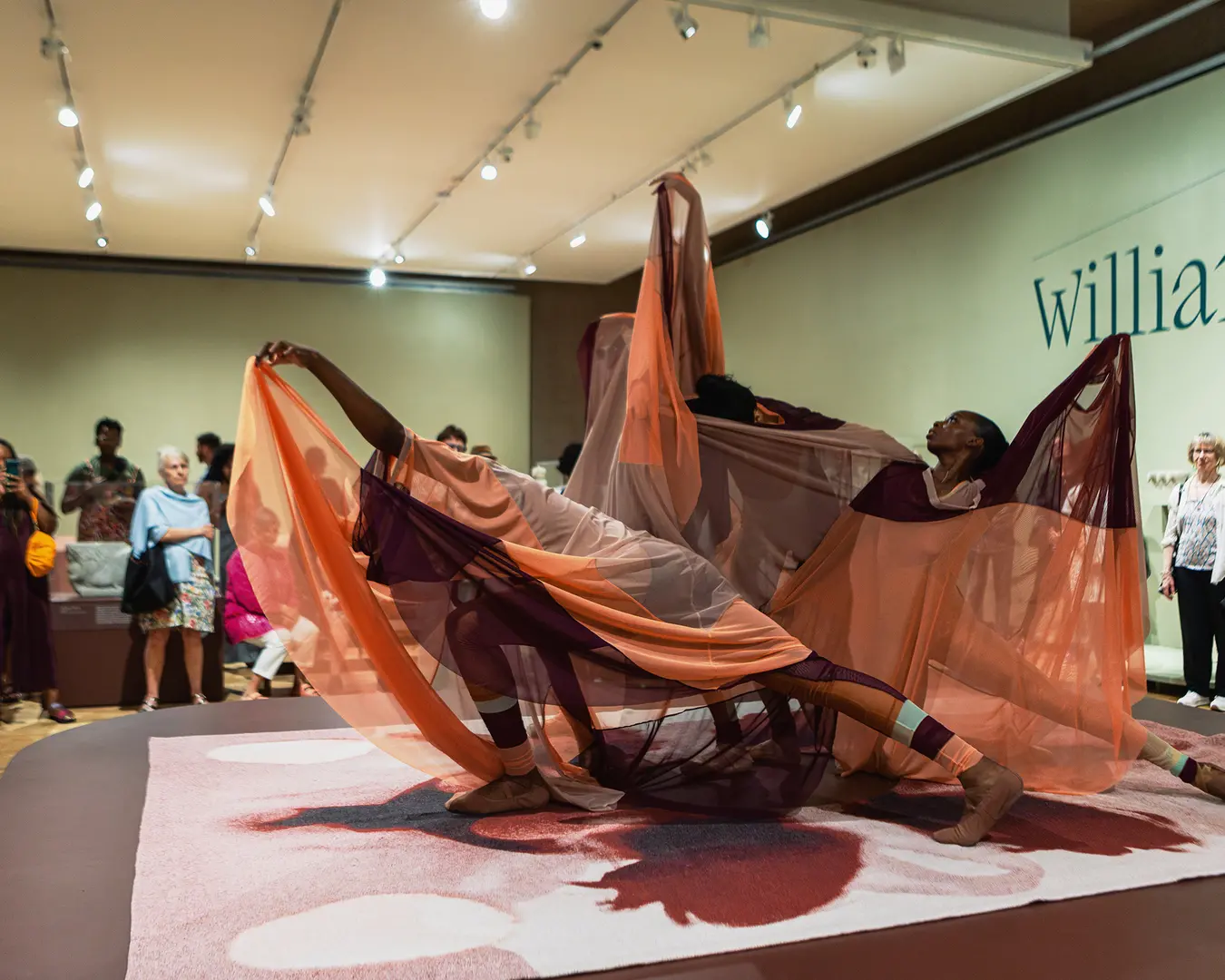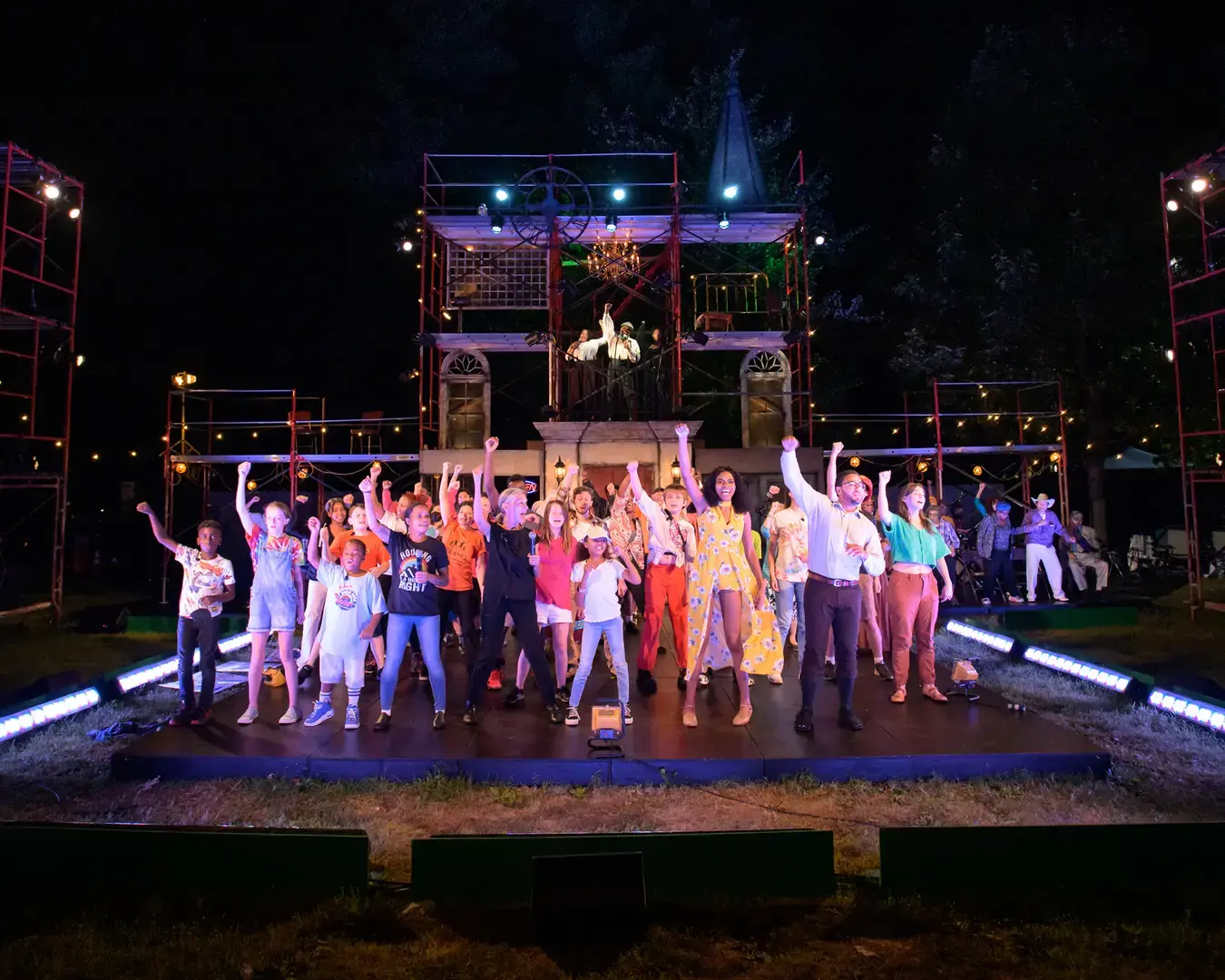Our “Pew Fellow of the Week” series focuses on the artistic lives of our Pew Fellows: their aspirations, influences, and creative challenges.
This week, we speak to choreographer and performer Nichole Canuso(2017), whose work spans genres and experiments with the participation of audience bodies, personal narratives, and what she describes as “the kinesthetic intellect.” Trained in various performance techniques, including ballet, modern dance, contact improvisation, clown, and tai chi, she has dedicated much of her career to ensemble-generated processes. Canuso founded Nichole Canuso Dance Company in 2004. This fall, Canuso was awarded a residency through the Center’s ongoing partnership with MacDowell Colony, one of the oldest and most prestigious artist residency programs in the country.
How did you become an artist? Is there a particular experience that drove you to this choice?
I have always been dancing. It is one of the few things in my life that I have gravitated toward without question. I started dancing for my own pleasure, as a way of wrestling with the unnameable and processing big emotions. I was a small kid who didn’t like to speak in public, but when moving I felt powerful and ready to take up space. I studied dance and performed in recitals, but what I loved the most was improvising in my room and choreographing with neighborhood kids outside. My father is an actor and my mother loves to absorb poetry and music, so I was exposed to a lot of art early on. In college, my understanding of dance widened significantly, and I started working closely with sculptors, actors, and writers in pursuit of interdisciplinary exchange. For a while I was balancing this artistic pursuit with studies toward a medical career. What eventually drove me to embrace art-making wholeheartedly was the realization that I simply couldn’t feel whole without it.
What was the first work of art that really mattered to you? Did it influence your approach to your work?
As a kid I was an undiscerning dance enthusiast drawn to everything with moving bodies: musicals, slap-stick comedy, Solid Gold, MTV. But the first time I saw a live modern dance performance was here in Philadelphia at the Painted Bride Art Center. It was the Ellen Foreman dance company and I was probably 12 years old. The performers’ bodies varied in age and size, and the movements were grounded, powerful, subtle, and strange. In these bodies I was transported to something magical while simultaneously reminded of the dancers’ humanity (and therefore my own). This experience coupled with meeting the dancers afterward gave me a window into the life I wanted to pursue. I was also obsessed with Michael Jackson’s Thriller and Laurie Anderson’s Big Science and made endless dances to them throughout childhood. At Hampshire College, I discovered contact improvisation, which was a life changing experience. Around the same time, I was performing in the passionate, precise, and playful work of BeBe Miller who was a guest choreographer at the school. All of these experiences strongly influenced my trajectory.
Much of your choreographic work experiments with the participation of audiences. How do you hope to shift the relationship between audience and performer(s) with such work?
I aim to give the audience agency, space for reflection, and to remind them that they are co-creators of meaning. My dances acknowledge the relationship between audience and performer, but also between the audience members and their past. Most projects are an invitation to notice yourself amid a constellation of other people. By offering a choreographic lens through which to see the connections, the possibilities, and the tension, there is an attempt to stimulate thoughtful interactions among participants. It is my hope that these perspective shifts resonate far beyond the length of the performance.
Whose opinion about your work do you respect most?
My collaborators. I surround myself with artists I truly believe in and return to these artists again and again with each process. Past collaborators who are not directly involved in a project become essential outside eyes in early rehearsal processes. And then, the audience: Many of my projects embrace the audience as participant, so work-in-progress showings and the reflective discussions that follow can be deeply illuminating. I love engaging in dialogue about the work, so in general I value and make space for the opinions of those who experience it.
What is your biggest motivator as an artist? What is your biggest fear?
I believe dancing and improvising with other bodies, translating your feelings into movement, and viewing the world through a choreographic lens are powerful tools that lead to self-awareness, empathy, and growth. I want everyone to experience it in one way or another. I want more people to listen to and value each other. This motivates me as an artist and teacher. My biggest fear as an artist is that I could someday lose the spark, the drive, and the hope that keep me invested in my practice.
In reflecting back to the beginning of your career, what is the most useful advice you ever received?
All careers are difficult, so you should pursue the one you believe in the most.
Why do you choose to work and live in Philadelphia? In your experience, what makes this arts scene distinctive
The artists I spend my time with here in Philadelphia believe in process. There is genuine enthusiasm for each other’s work that doesn’t devolve into empty compliments, but is rooted in support, advice, and an expectation of rigor and integrity. I work collaboratively and there is a wellspring of artists here with the experience and intelligence to join me in these experiments. There is also a strong community of audience support. In the 20 years that I’ve been making work in Philadelphia, I have seen the artwork and the artists change and evolve, but the spirit of rigor and experimentation has remained a constant, without sacrificing the generosity and kindness in a rehearsal room.
What is your most treasured possession
I don’t possess them…but my relationships are what I treasure most.
